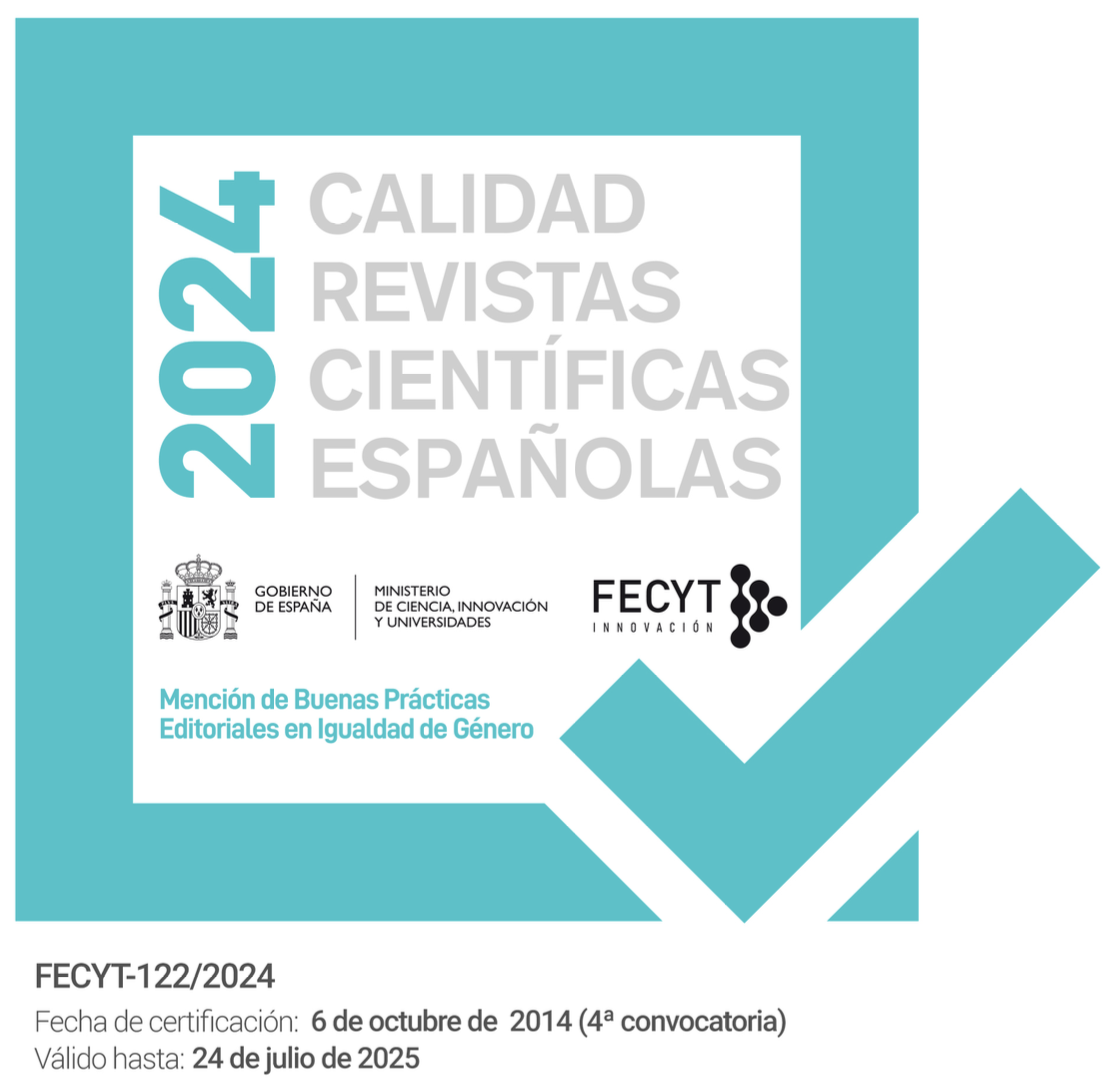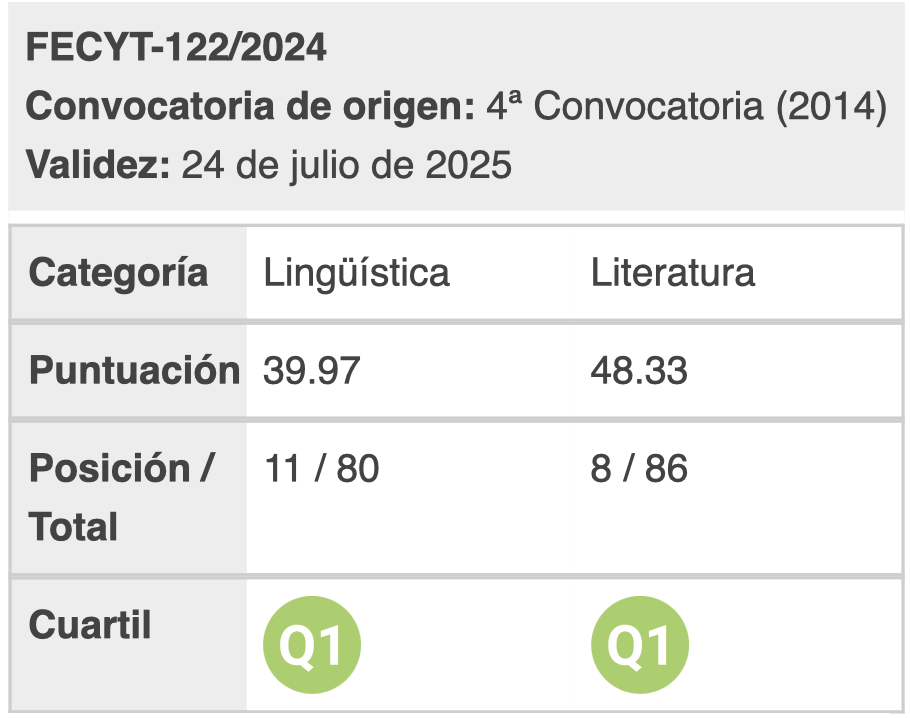Challenging the Victorian Nuclear Family Myth: The Incest Trope in Guillermo del Toro’s Crimson Peak
DOI:
https://doi.org/10.28914/Atlantis-2020-42.1.05Abstract
(Neo-)Victorian literature offers contradictory conceptualisations of the nuclear family. While it usually revolves around traditional heteroparental households, at the same time it portrays them as fragmented and deeply flawed. Guillermo del Toro’s film Crimson Peak (2015) builds on domestic traumas, the dysfunctional family and the supernatural, three recurrent tropes in (neo-)Victorian Gothic fiction. My main aim is to explore how Del Toro exploits the incest plotline in order to subvert preconceived views on the idealised Victorian family. I first analyse the ancestral family house and the mother figure as the loci of family traumas. I then move on to examine the Sharpe siblings’ incestuous relationship from a threefold perspective involving ethics, aesthetics and psychoanalysis, thereby showing that Del Toro exposes nineteenth-century family traumas that are still present in contemporary societies, so that audiences may become aware of these social issues and even take an active stance against them.
Downloads
References
Arias, Rosario and Patricia Pulham. (2009) 2010a. “Introduction.” In Arias and Pulham 2010b, xi-xxv.
—, eds. (2009) 2010b. Haunting and Spectrality in Neo-Victorian Fiction: Possessing the Past. Basingstoke and New York: Palgrave Macmillan.
Bailey, Victor and Sheila Blackburn. 1979. “The Punishment of Incest Act 1908: A Case Study of Law Creation.” Criminal Law Review 14: 708-18.
Boehm-Schnitker, Nadine and Susanne Gruss, eds. 2014. Neo-Victorian Literature and Culture: Immersions and Revisitations. London and New York: Routledge.
Brontë, Charlotte. (1847) 1987. Jane Eyre. New York: Bantam.
Brontë, Emily. (1847) 2003. Wuthering Heights. New York: Penguin.
Byatt, A. S. 1990. Possession: A Romance. New York: Random House.
Cox, Jessica. 2014. “Narratives of Sexual Trauma in Contemporary Adaptations of The Woman in White.” In Boehm-Schnitker and Gruss 2014, 137-49.
Davies, Ann. 2008. “Guillermo del Toro’s Cronos: The Vampire as Embodied Heterotopia.” Quarterly Review of Film and Video 25 (5): 395-403.
Davies, Ann, Deborah Shaw and Dolores Tierney, eds. 2014. The Transnational Fantasies of Guillermo del Toro. Basingstoke and New York: Palgrave Macmillan.
Del Toro, Guillermo, dir. Cronos. 1993. CNCAIMC, Fondo de Fomento a la Calidad Cinematográfica and Instituto Mexicano de Cinematografía (IMCINE).
—, dir. 2001. The Devil’s Backbone. El Deseo, Tequila Gang and Anhelo Producciones.
—, dir. 2004. Hellboy. Revolution Studios, Lawrence Gordon Productions and Starlite Films.
—, dir. 2006. Pan’s Labyrinth. Estudios Picasso, Wild Bunch and Tequila Gang.
—, dir. 2008. Hellboy II: The Golden Army. Universal Pictures and Lawrence Gordon Productions.
—. 2015a. “Ghost Hunter.” Interview by Mar Diestro-Dópido. Sight and Sound, November 2015. [Accessed online on April 15, 2019].
—, dir. 2015b. Crimson Peak. Double Dare You and Legendary Entertainment.
—, dir. 2017. The Shape of Water. Double Dare You and Fox Searchlight.
Dickens, Charles. (1854) 1998. Hard Times. London: Wordsworth Classics.
Fileborn, Bianca and Rachel Loney-Howes. 2019a. “Introduction: Mapping the Emergence of #MeToo.” In Fileborn and Loney-Howes 2019b, 1-18.
—, eds. 2019b. #MeToo and the Politics of Social Change. London: Palgrave Macmillan.
Fowles, John. (1969) 1998. The French Lieutenant’s Woman. New York: Back Bay.
Freud, Sigmund. (1905) 2017. Three Essays on the Theory of Sexuality: The 1905 Edition. London: Verso.
Fukunaga, Cary, dir. 2011. Jane Eyre. Focus Features.
Ganteau, Jean and Susana Onega, eds. 2011. Ethics and Trauma in Contemporary British Fiction. Amsterdam and New York: Rodopi.
—. 2013a. “Introduction.” In Ganteau and Onega 2013b, 1-16.
—, eds. 2013b. Trauma and Romance in Contemporary British Narratives. London and New York: Routledge.
Griggs, Yvonne. 2018. Adaptable TV: Rewiring the Text. London: Palgrave Macmillan.
Gruss, Susanne. 2014. “Spectres of the Past: Reading the Phantom of Family Trauma in Neo-Victorian Fiction.” In Boehm-Schnitker and Gruss 2014, 123-36.
Heilmann, Ann and Mark Llewellyn. 2010. Neo-Victorianism: The Victorians in the Twenty-First Century, 1999-2009. Basingstoke and New York: Palgrave Macmillan.
Hutcheon, Linda. (1988) 2010. A Poetics of Postmodernism: History, Theory, Fiction. London and New York: Routledge.
Kaplan, E. Anne. 2005. Trauma Culture: The Politics of Terror and Loss in Media and Literature. New Brunswick, NJ: Rutgers UP.
Kohlke, Mary-Louise and Christian Gutleben, eds. 2010. Neo-Victorian Tropes of Trauma: The Politics of Bearing After-Witness to Nineteenth-Century Suffering. Amsterdam and New York: Rodopi.
Kuper, Adam. 2009. Incest and Influence: The Private Lives of Bourgeois England. Cambridge, MA: Harvard UP.
Le Fanu, Sheridan. (1872) 2013. Carmilla: A Critical Edition. Edited by Kathleen Costello-Sullivan. Syracuse, NY: Syracuse UP.
Llewellyn, Mark. 2008. “What Is Neo-Victorian Studies?” Neo-Victorian Studies 1 (1): 164-85. [Accessed online on April 15, 2019].
—. 2010. “‘Perfectly innocent, natural, playful’: Incest in Neo-Victorian Women’s Writing.” In Kohlke and Gutleben 2010, 133-60.
Logan, John, dir. 2014-2016. Penny Dreadful. Desert Wolf Productions and Neal Street Productions.
Lukancic, Khara. “Modifying the Gothic: Gender in Crimson Peak.” Paper given at the Popular Culture Association National Conference, Indianapolis, March 2018.
McDonald, Keith and Roger Clark. 2014. Guillermo del Toro: Film as Alchemic Art. London: Bloomsbury.
Melville, Herman. (1852) 2014. Pierre; or, The Ambiguities. New York: Wentworth.
Mitchell, Kate. 2010. History and Cultural Memory in Neo-Victorian Fiction: Victorian Afterimages. Basingstoke and New York: Palgrave Macmillan.
Murphy, Bernice M. 2016. “Crimson Peak.” The Irish Journal of Gothic and Horror Studies 15: 159-63.
Musap, Emilia. 2017. “Monstrous Domesticity—Home as a Site of Oppression in Crimson Peak.” SIC: A Journal of Literature, Culture and Literary Translation 1 (8): 1-14.
Mustafa, Jamil. 2018. “Representations of Masculinity in Neo-Victorian Film and Television.” Neo-Victorian Studies 11 (1): 38-64.
Piatti-Farnell, Lorna. 2013. The Vampire in Contemporary Popular Literature. London and New York: Routledge.
Poe, Edgar Allan. 2013. Stories for Halloween. London: Vintage.
Primorac, Antonija. 2018. Neo-Victorianism on Screen: Postfeminism and Contemporary Adaptations of Victorian Women. London: Palgrave Macmillan.
Rhys, Jean. (1966) 1982. Wide Sargasso Sea. New York: Norton.
Ross, Benjamin and Barry Langford, dirs. 2015-2017. The Frankenstein Chronicles. Rainmark Films.
Sanders, Julie. 2006. Adaptation and Appropriation. London and New York: Routledge.
Shiller, Dana. 1997. “The Redemptive Past in the Neo-Victorian Novel.” Studies in the Novel 29 (4): 538-60.
Stoker, Bram. (1897) 2000. Dracula. New York: Dover.
Tierney, Dolores, Deborah Shaw and Ann Davies. 2014. “Introduction.” In Davies, Shaw and Tierney 2014, 1-8.
Warlow, Richard, dir. 2012-2016. Ripper Street. BBC, Element Pictures and Tiger Aspect Productions.
Weeber, Rose-Anaïs. 2018. “Crimson Peak: Guillermo del Toro’s Visual Tribute to Gothic Literature.” Caietele Echinox 35: 115-26.








